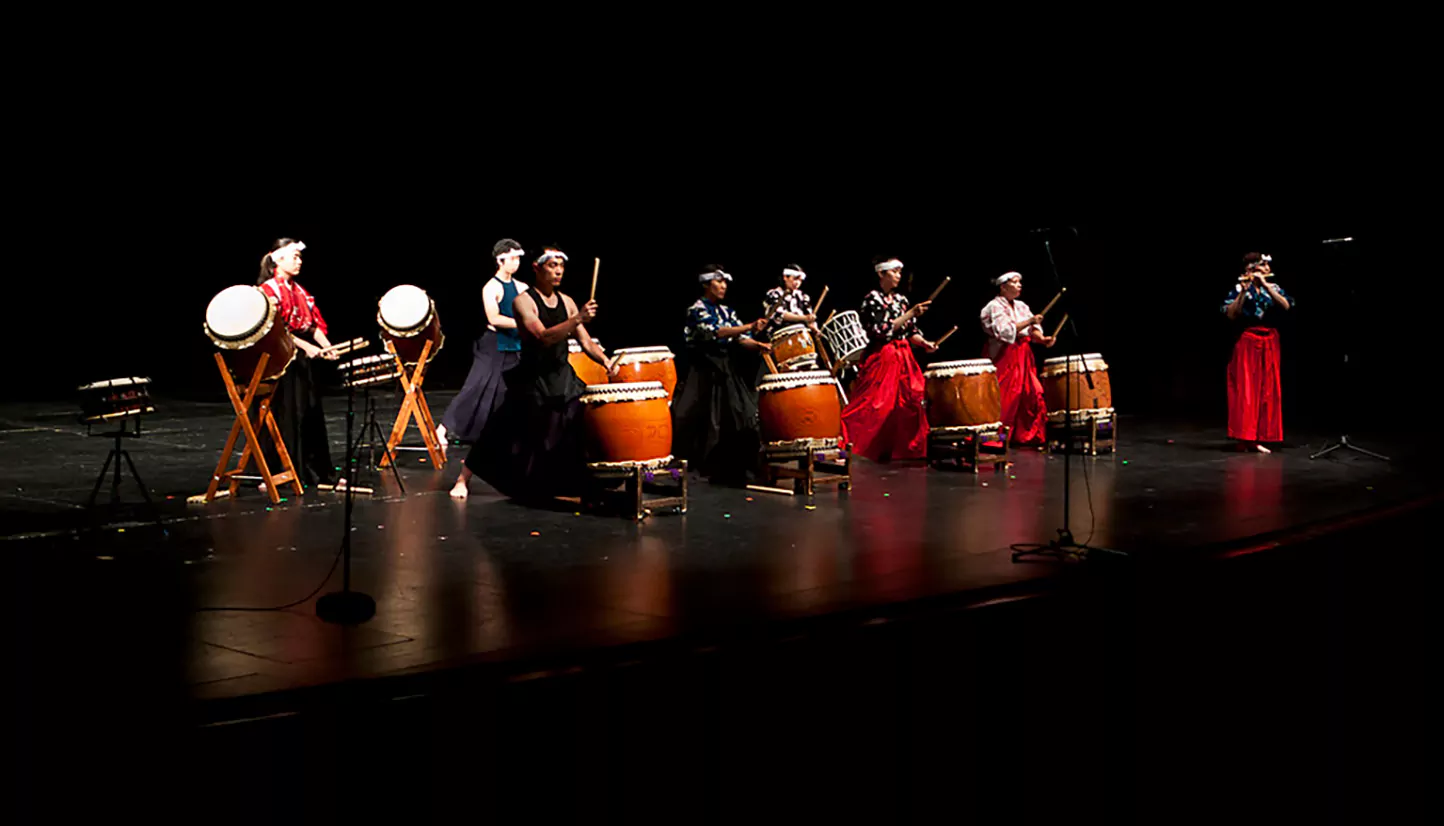Taiko, the Japanese drum, has broken out of national and cultural boundaries in recent decades to become a worldwide phenomenon, known for its dynamic rhythms, energetic movement, and deep cultural roots. Taiko music has also become increasingly popular outside of Japan over recent decades, espoused by international music festivals, cultural exchange programs, educational outreach efforts, and on digital media. These encounters have not only led to the widespread international recognition of taiko but have also significantly altered its development, moulding the own performance styles and people’s ideas about different cultures. In this article, I consider the main pathways through which taiko music has been disseminated internationally, discuss the effect of these pathways with respect to the global proliferation of taiko, and reflect on what these trends suggest for the continued promotion and preservation of taiko culture.

Global music festivals have been one of the most important mediums through which taiko music spread around the world. This exposure to varied audiences, greatly expands taiko’s universal appeal.
Notable Festivals
Edinburgh International Festival (Scotland): Performances of Taiko at this heavyweight festival have taken Japanese drumming to an international audience and significantly boosted its international status.
World Music Expo (WOMEX): This annual event takes place in different host cities throughout Europe and tends to have taiko groups on the bill, connecting bands with a global group of industry professionals and a range of audiences.
Sydney Festival (Australia) Now a regular dock for taiko groups, also deepening the understanding and appreciation for taiko in Oceania, which leads to more regionalexchangeannexing.
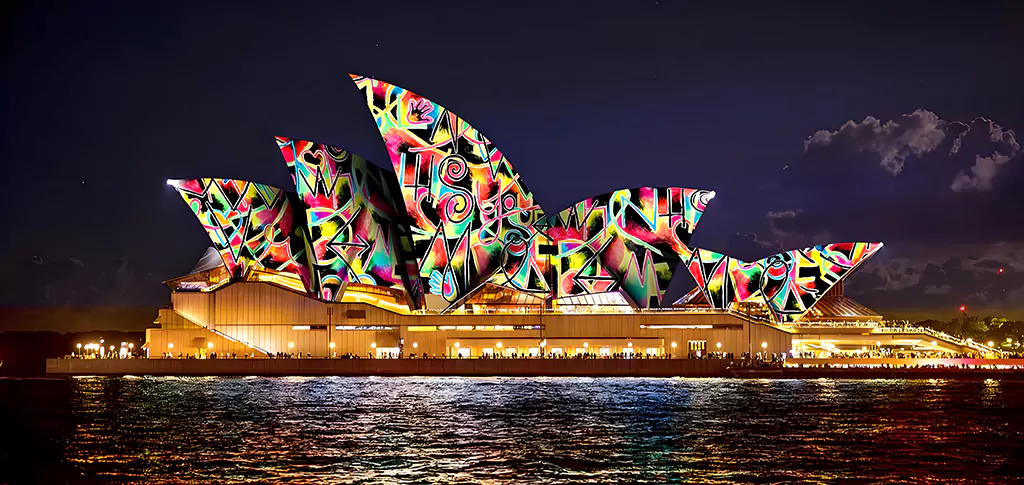
Cultural Exchange Programs
Large governmental and nongovernmental cultural exchange programs have played a large role in the spread of taiko overseas. These are bilateral cultural exchange programs designed to enhance the reciprocation between Japan and other countries.
Government Initiatives
The international cultural exchange programs of the Japan Foundation actively further the cause of taiko by underwriting tours, workshops, and educational exchanges. These programs expose international audiences and artists to traditional and contemporary taiko expressions at a greater cultural depth and breadth.
Non-Governmental Initiatives
Groups such as Kodo Cultural Foundation and San Jose Taiko give outreach programs around the world, including workshops, performances and residencies. These activities encourage both individual and grass-roots cultural exchange and have a tremendous effect on the level of taiko awareness and appreciation worldwide.
Educational Institutions and Taiko Clubs
Schools are also especially important in the spread of taiko music the world over. Taiko clubs or ensembles are also common in universities, schools and local community centers, where members are taught to play this impressive instrument, with participants coming from different backgrounds.
University-based Taiko Groups
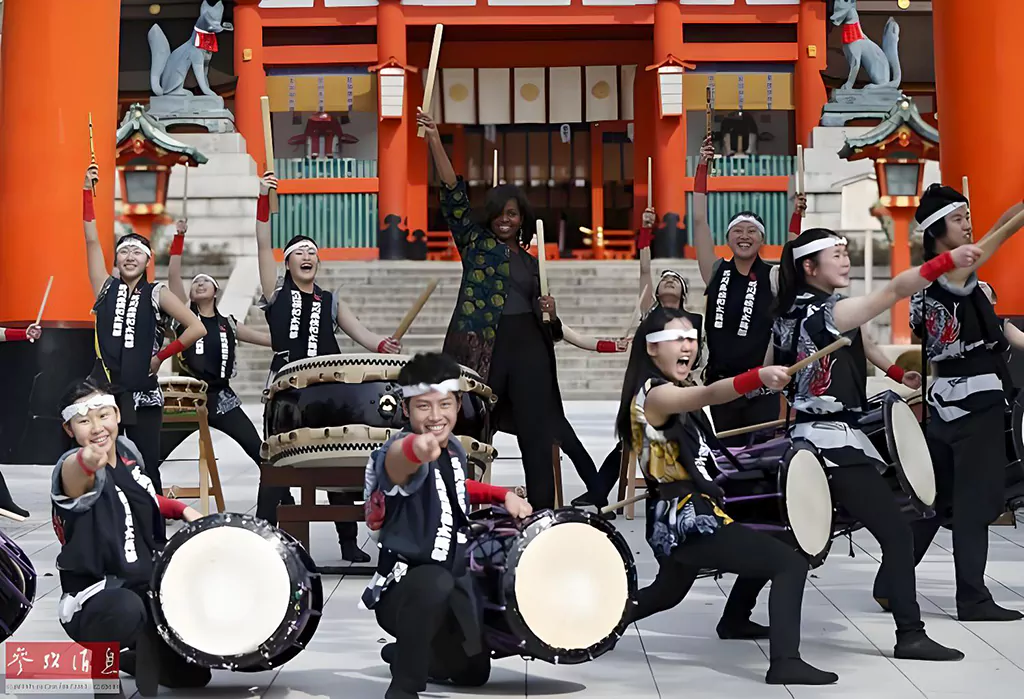
Bands like Stanford Taiko (U.S.) and St Andrews Taiko (U.K.) bring taiko into the academe, providing defined curricula and performing opportunities. They are ambassadors of their cultures, shaping opinions and contributing to a continuing conversation among cultures.
Taiko Workshops in Schools
“Ensembles out of school “The world of taiko education has been enlivened with professional workshop groups; and by personal experience of taiko and Japanese culture various types of students are learning.” These pursuits contribute to long-term interest and involvement in taiko for young international students.
Digital Media and Online Platforms
With the advent of digital media, the worldwide spread of taiko music accelerated. The internet has also proven to be a key platform for promoting and sharing taiko performances across the world:Original streaming services, video sharing, and social media.
Social Media Influence
And platforms like YouTube, Instagram and TikTok allow taiko groups to attract global eyes immediately. Performance excerpts and instructionals and livestream performances garner millions of views, overwhelming the once-weird, once-isolated image of a taiko with the notion that taiko could possibly be as unmemorable or obscure as the smallest of small classical Indian or Turkish drumming (pounding?) outfits.
Online Workshops and Virtual Performances
Online venues have permitted virtual hands-on sessions and shows for an international audience, without the need for travel. The pandemic of COVID-19 pushed the use of engagement online, and virtual events have become an important aspect in spreading taiko internationally.
Collaborative Projects and Artistic Crossovers
Working with world musicians and artists from non-taiko backgrounds has also broadened taiko’s international appeal and spawned inventive, mixed-genre shows.
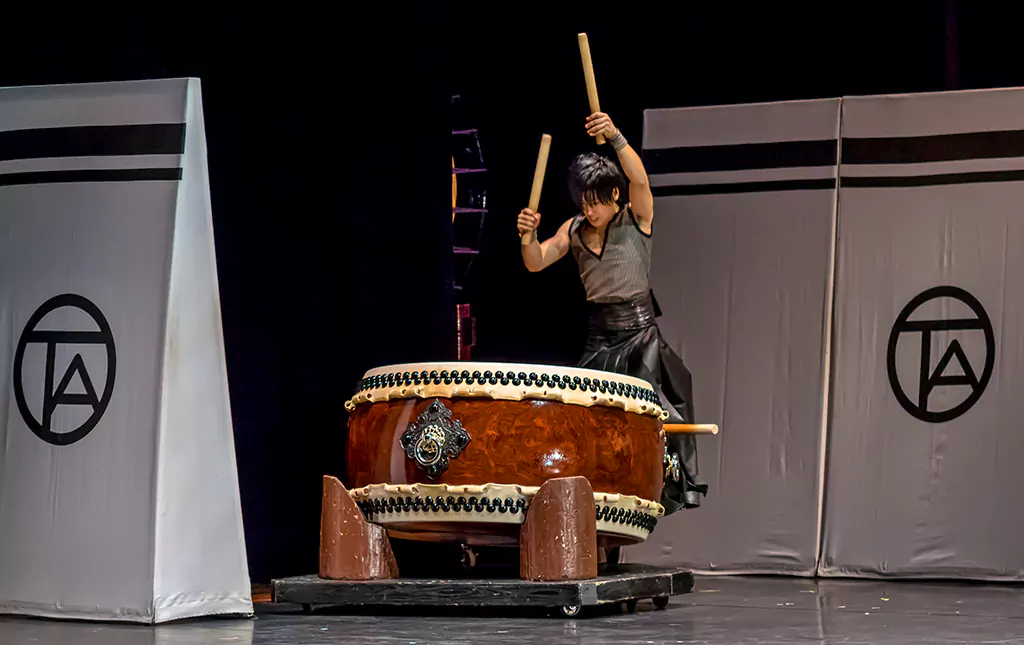
Notable Collaborations
Kodo and Zakir Hussain: An unprecedented collaboration, tapping into the energy of taiko beats combined with the sounds of classical Indian tabla, revealed, on a grand scale, taiko’s vast capacity and worldwide resonance, advancing international goodwill.
Yamato – Drummers of Japan and Ballet Companies – Collaborative productions between taiko performers and modern ballet and dance companies have inspired new artistic exchanges and facilitated the expansion of audience appreciation of the Wadaiko.
Influence of Global Proliferation on Taiko
The effects of taiko’s popularisation abroad on the art form (and abroad) – on artistic production, audience response, discrete cultural perceptions etc.
Artistic Evolution
Exposure to outside audiences, as well as other artist forms, has led taiko to be practiced in new contexts, played in new instruments, and inspired its players to create music with influences from other musical and cultural genres. This innovation has enriched the repertoire of taiko, produced with contemporary aesthetics to reach an audience that is multiracial and multicultural.
Increased Global Participation
Exposure on an international level has exponentially increased taiko participation. Several international taiko groups have formed, demonstrating widespread global interest in the genre and promoting the growth of international communities of taiko players.
Cultural Diplomacy and Cross-Cultural Understanding
The global networks that drive Taiko’s trajectory constitute a kind of cultural power. Performances and educational exchange programs contributing to mutual understanding and cultural respect among people of different culture, in the interest of world peace.
Obstacles and Implications of Internationalisation
Despite this explosion of international popularity, the worldwide spread of taiko presents a series of complex issues that must be addressed in order to ensure appropriate and meaningful cross-cultural exchange.
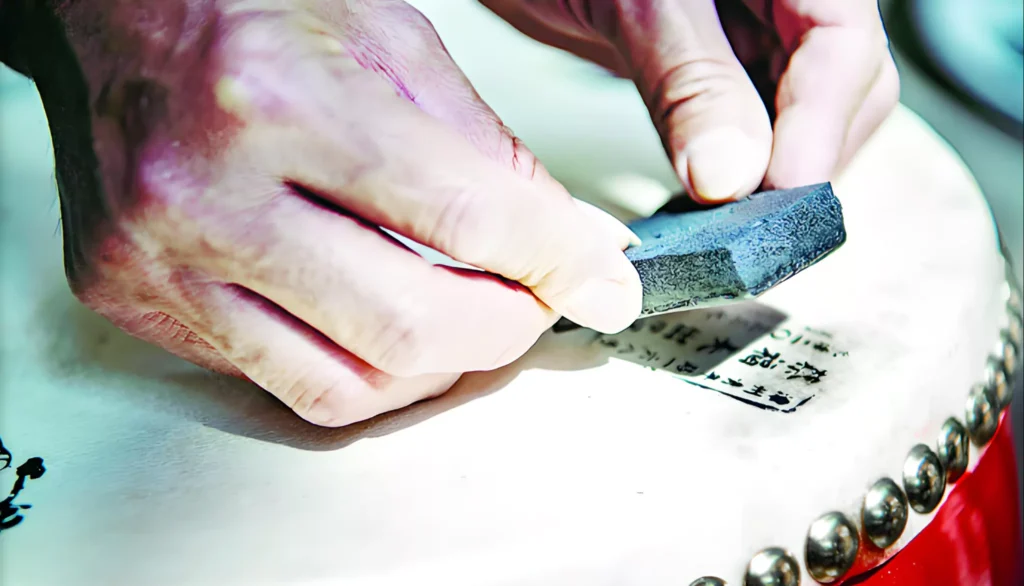
Preservation of Authenticity
Finding a balance between the global trend of innovation and respect for traditional technologies, then, is of key importance. Educators and practitioners from outside the culture will need to work closely with those familiar with the culture as well as ensembles of the tradition to remain authentic.
Resource and Access Disparities
Financial and logistical obstacles may restrict global audiences from having authentic taiko experiences. Jointly funded initiatives, sponsorship programmes and digital dissemination strategies are required to adress these gaps.’
Future Directions and Opportunities
The ongoing spread and international exchange of taiko music is encouraging and has the potential to further improve cultural encounters and musical experimentation.
Expanded Educational Initiatives
More investment in the development of education programs, workshops and training around the world can help to further tighten the international bond, and aid in securing the next generations of taiko artists.
Enhanced Digital Presence
Continued development of digital platforms and VR experiences may provide new media for experiencing taiko, further increasing international accessibility and interest.
Sustainable Cultural Exchanges
The sustainable and reciprocal practices of longer-term engagement, shared performances, and educational residencies foster deeper cultural understanding and lasting artistic partnership.
Conclusion
The global dissemination and sharing of taiko music at festivals, culture exchanges, education programmes and digital media has significantly raised the profile of taiko in the world and increased global appreciation and awareness of other cultures. Problems do exist but ongoing activities and strategic investments could offer a dynamic future for taiko in the terms of making an artistic breakthrough, increasing international engagement, and deepening intercultural understanding. These organic interactions will no doubt continue to infuse the global Taiko world; thus securing its place within the world of cultural practice and music for generations to come.

